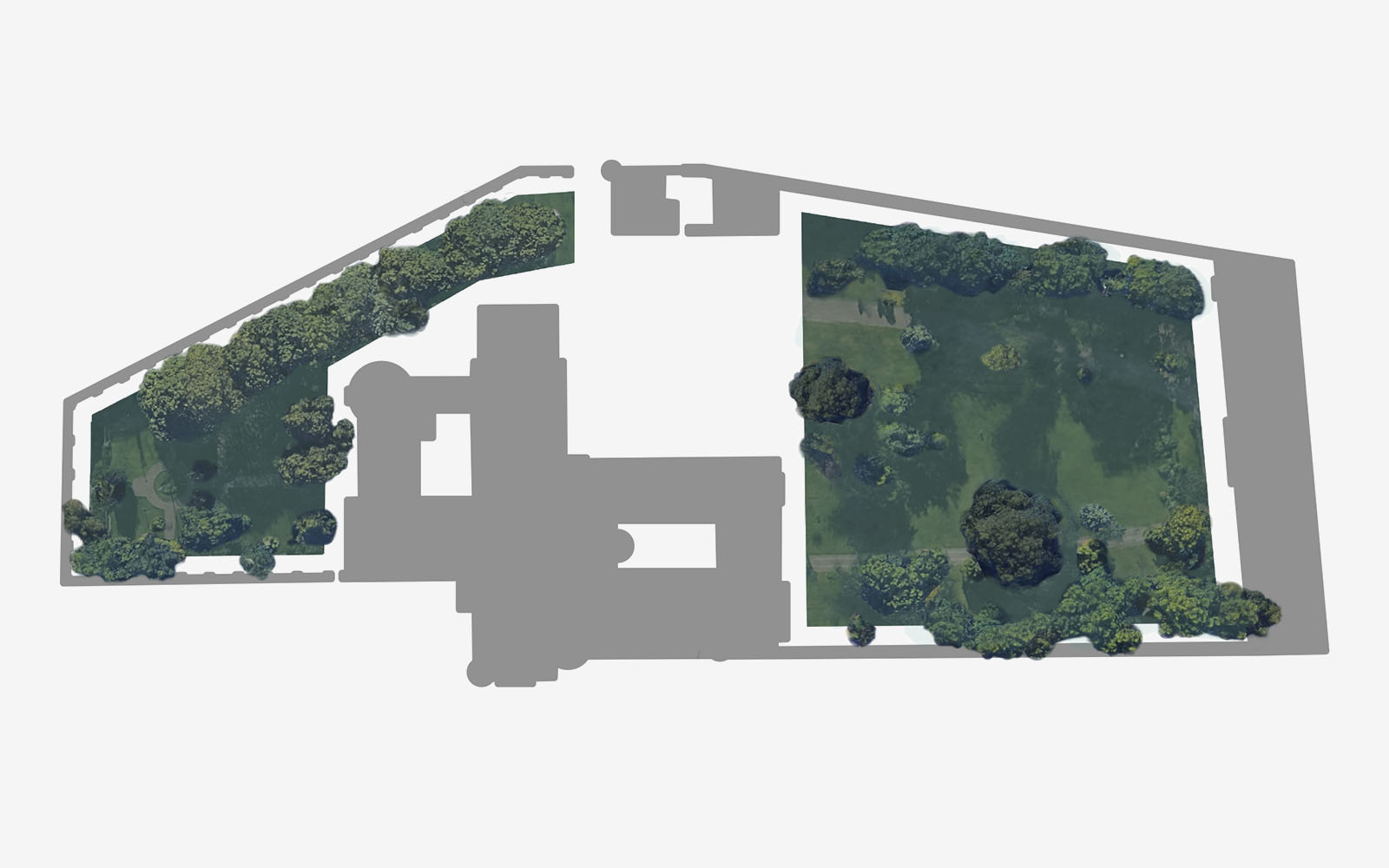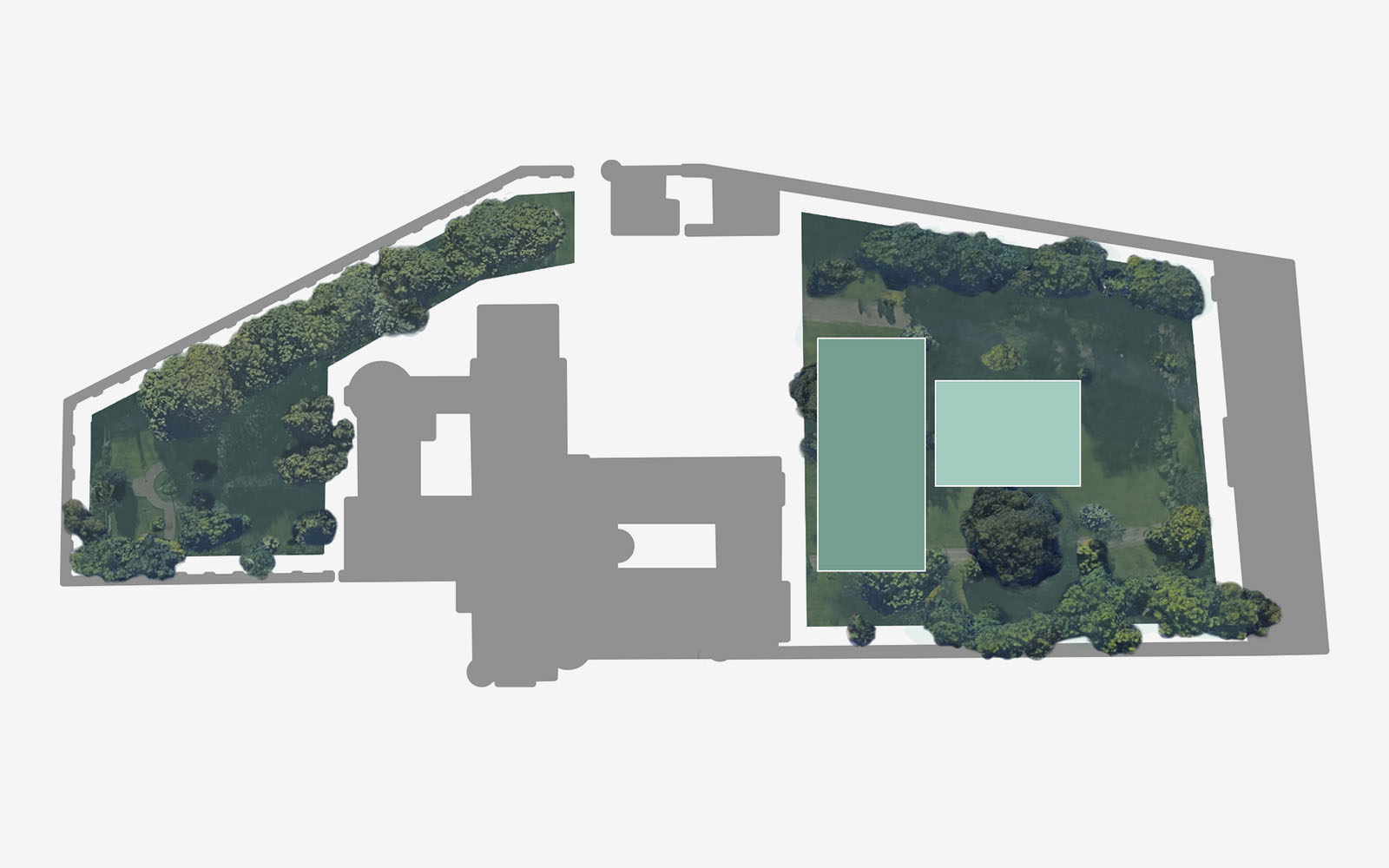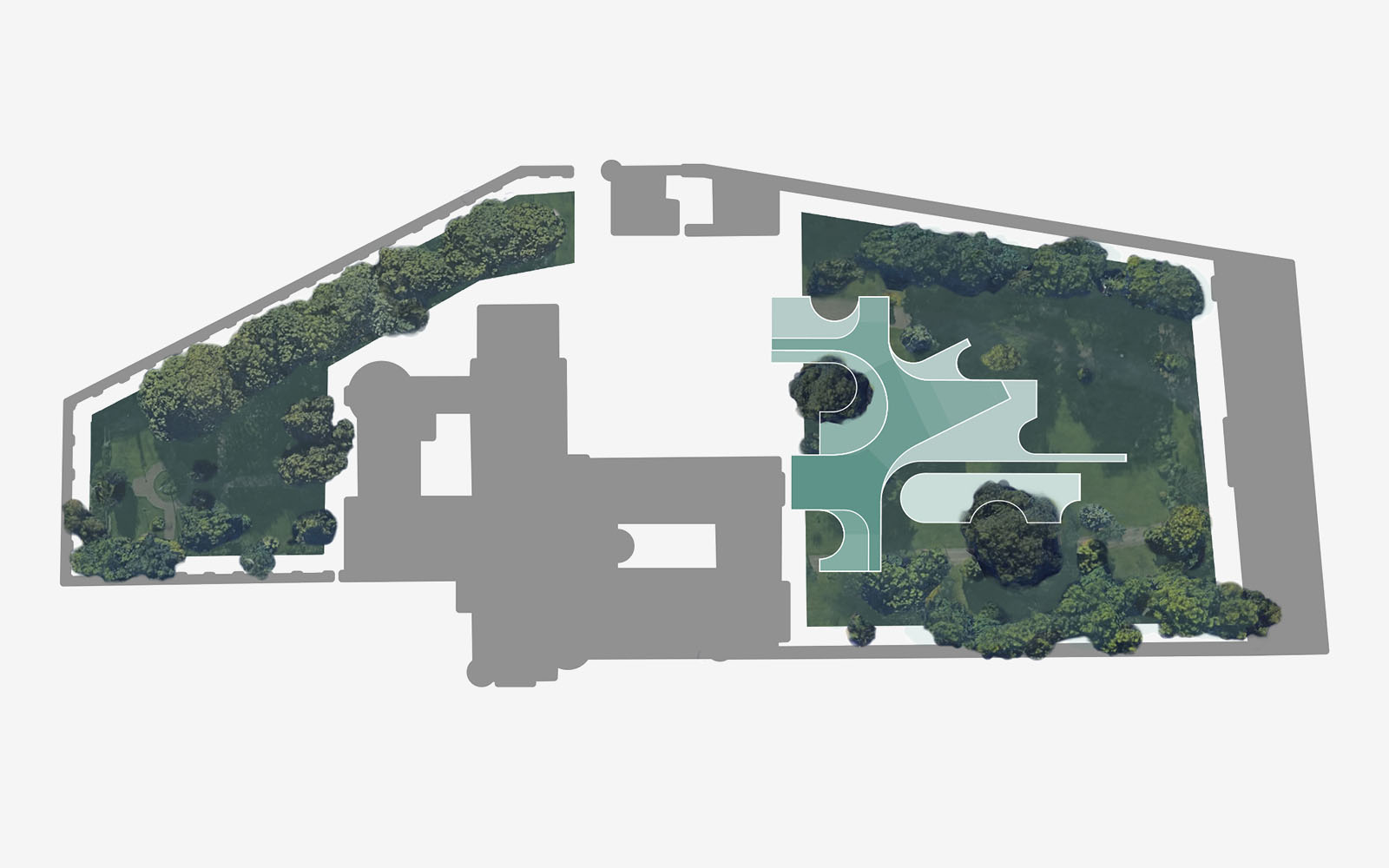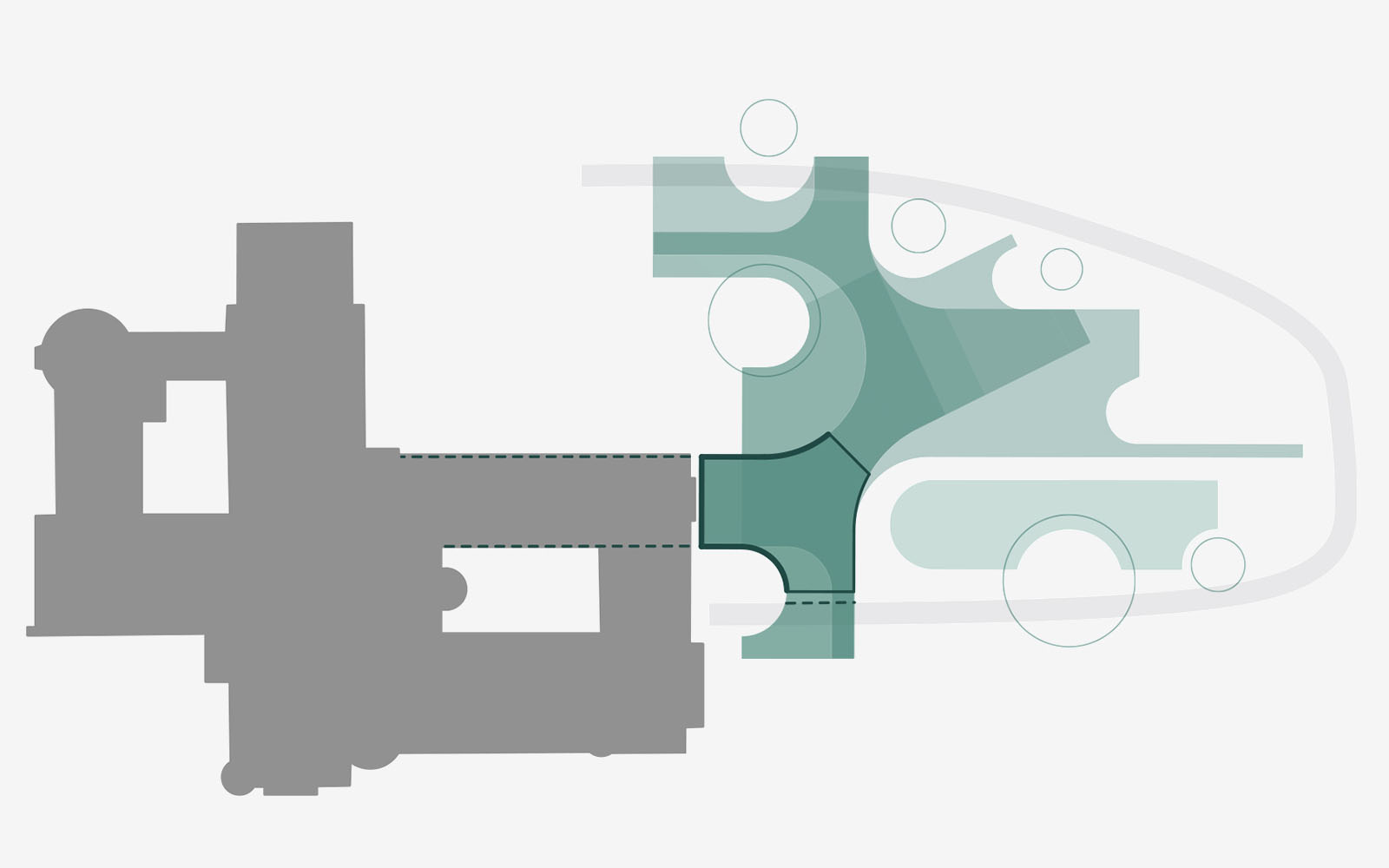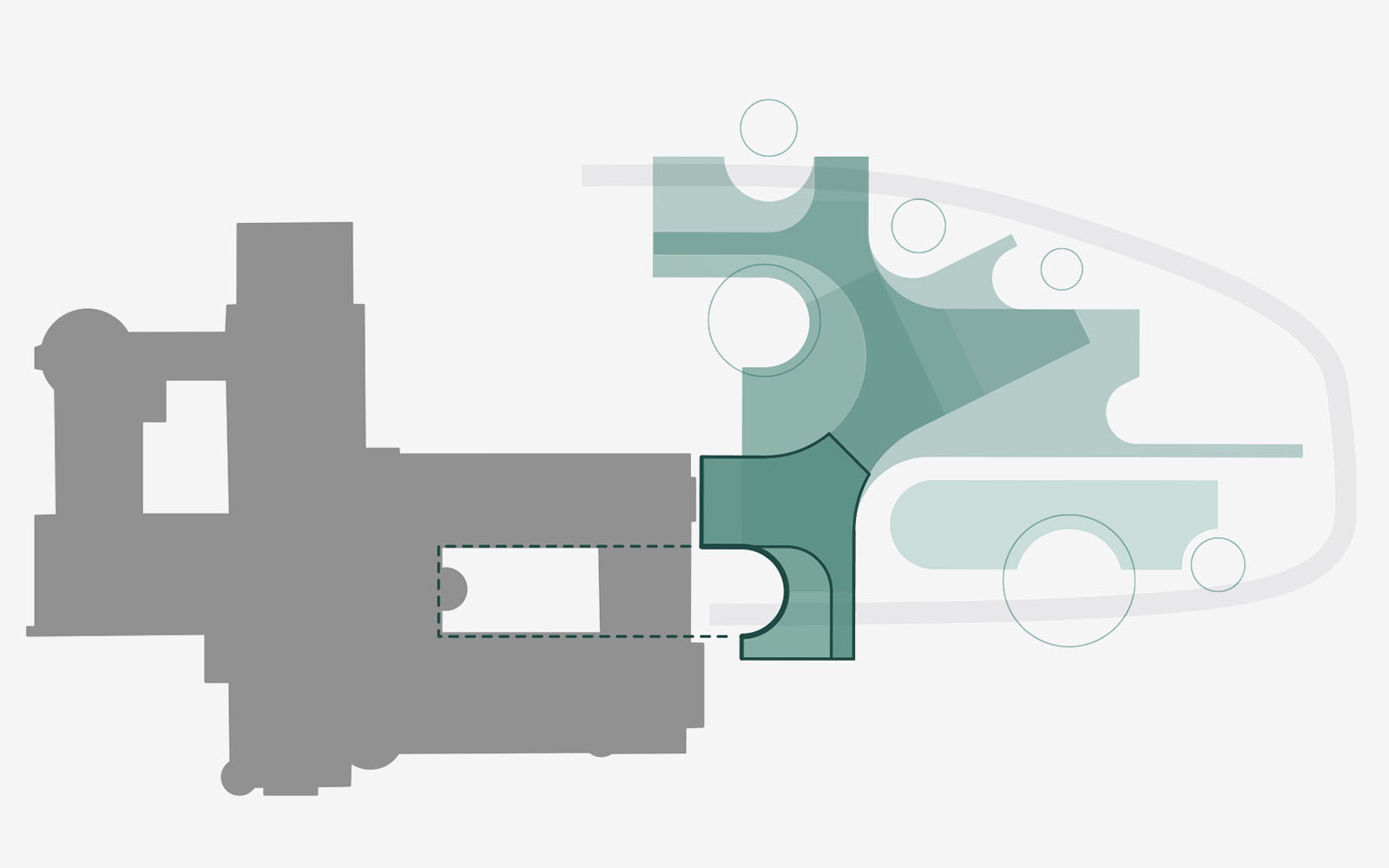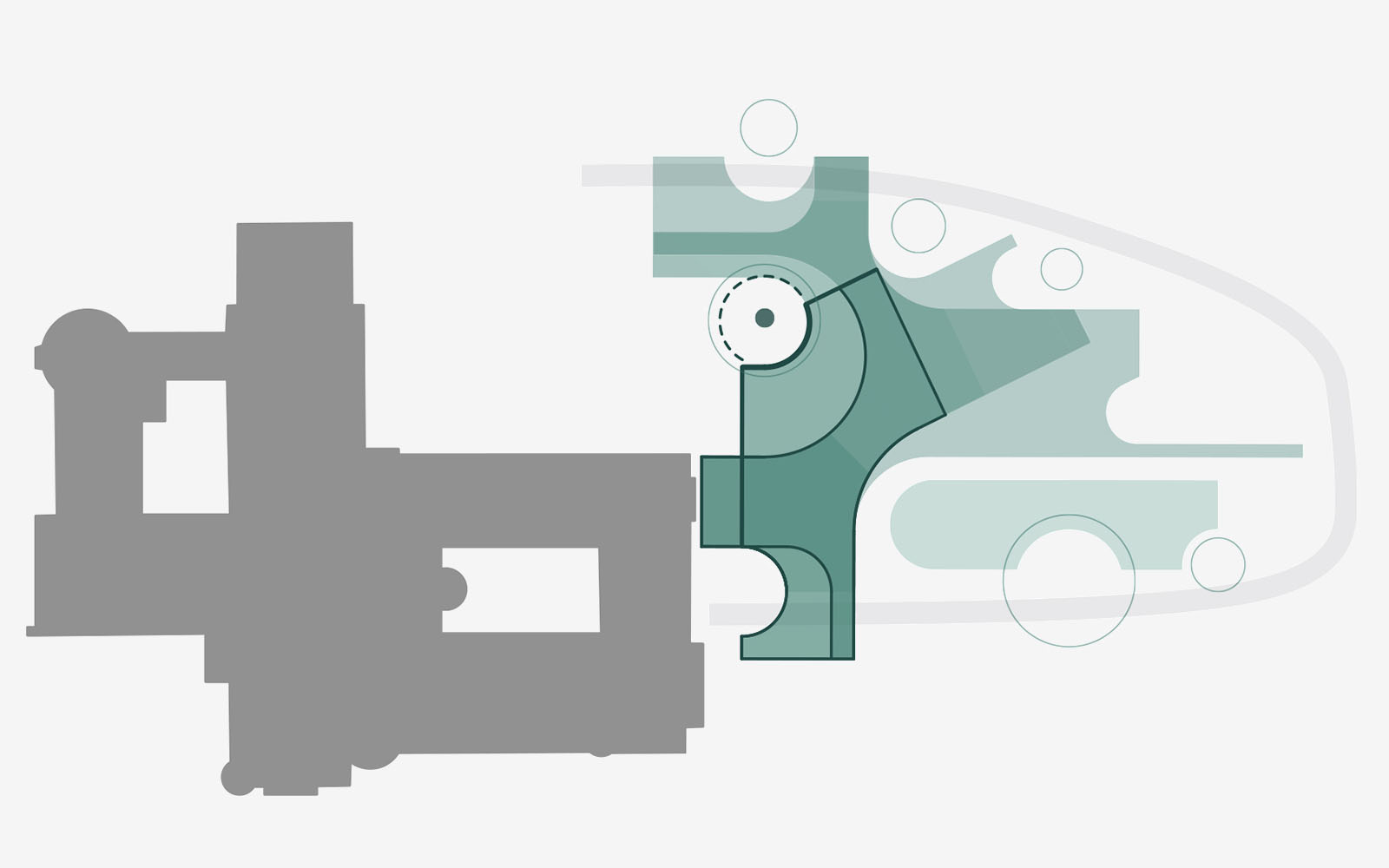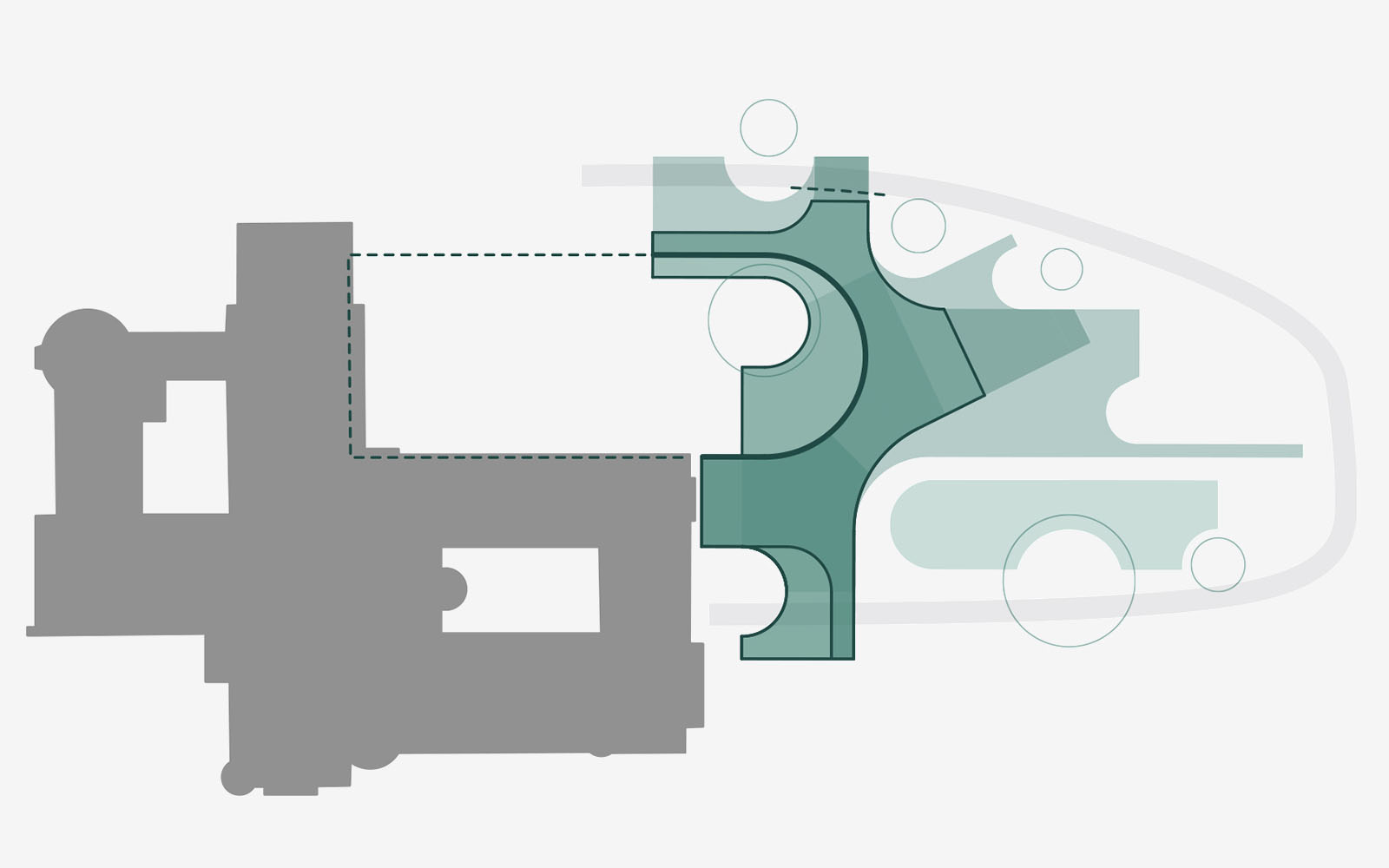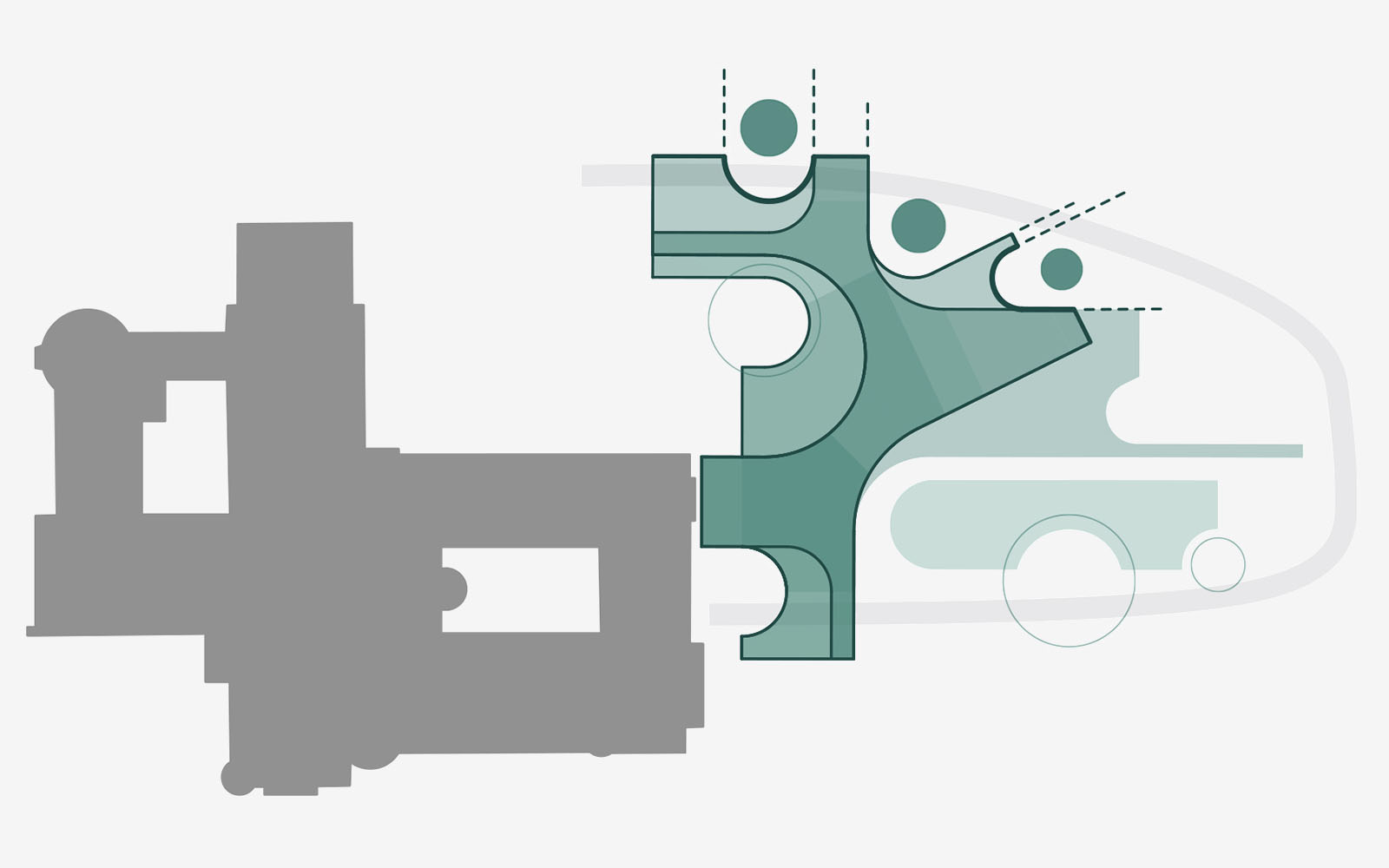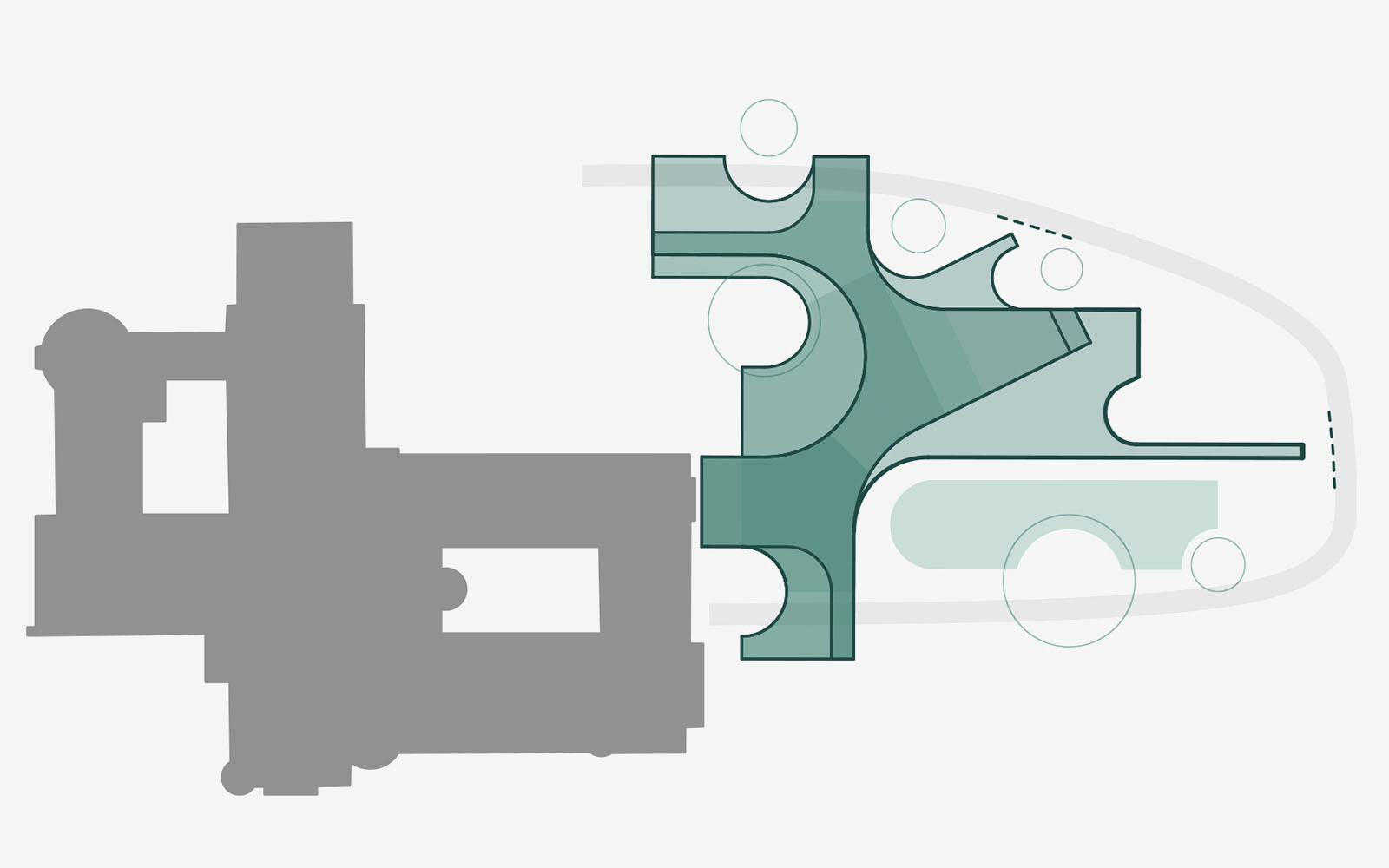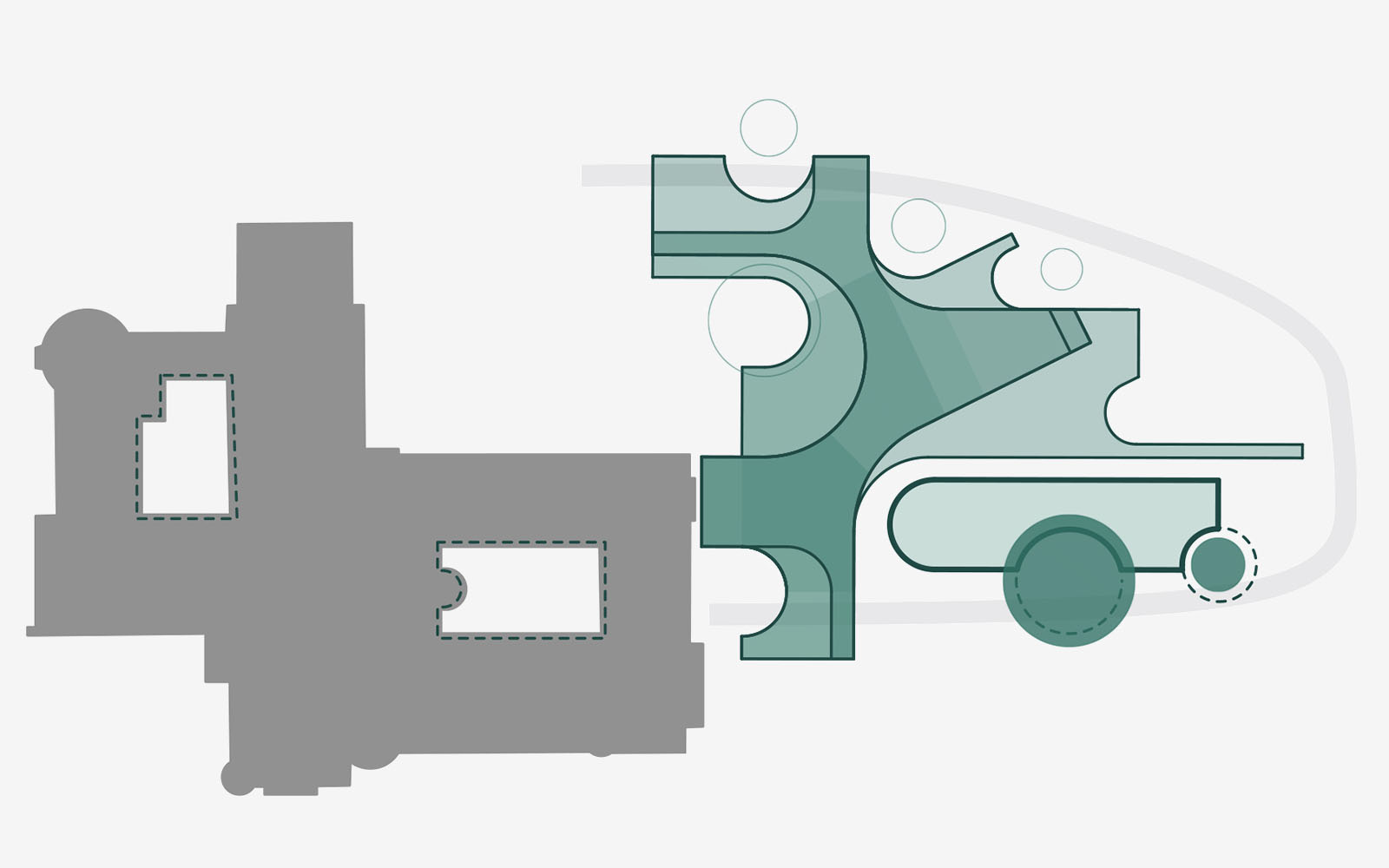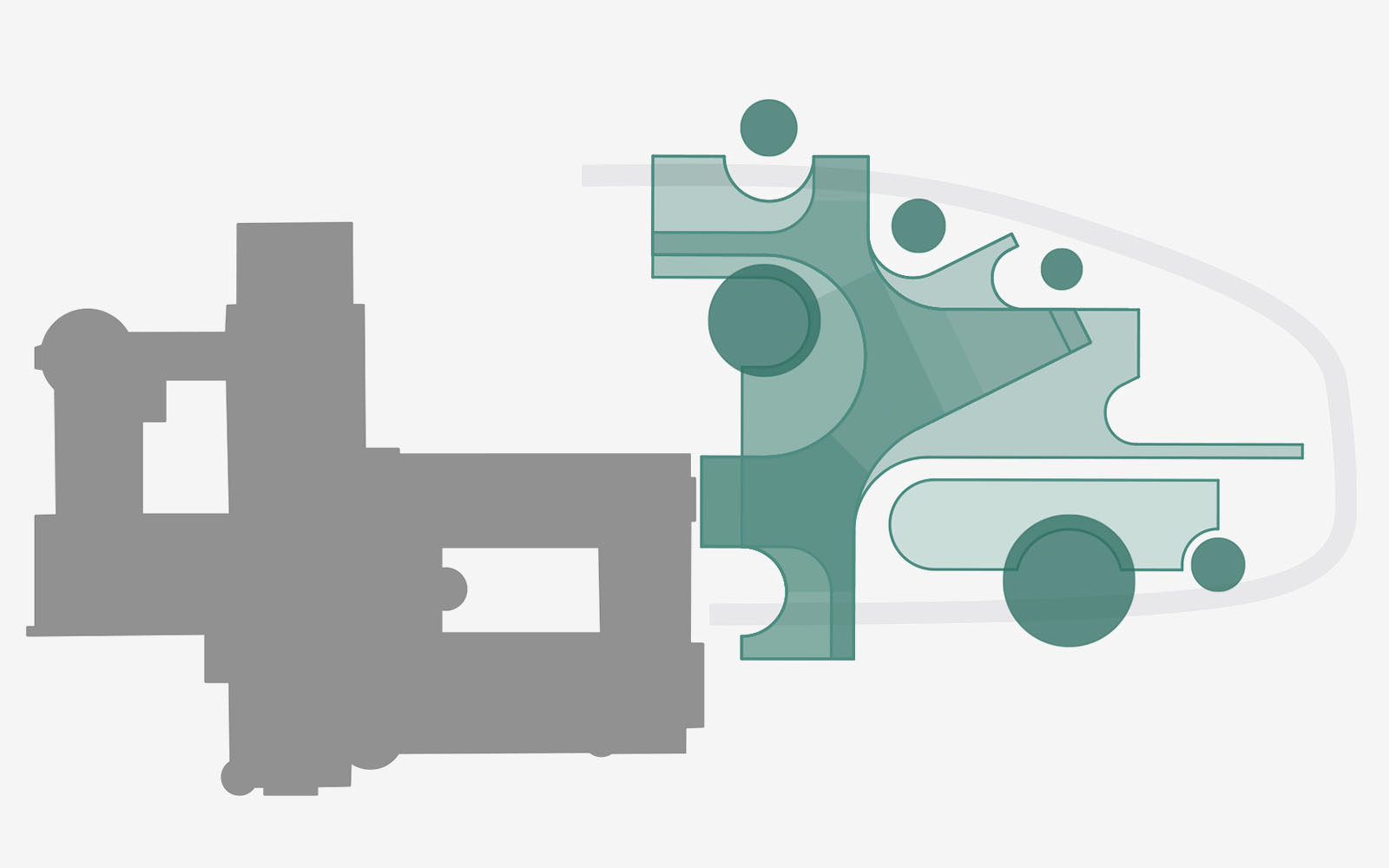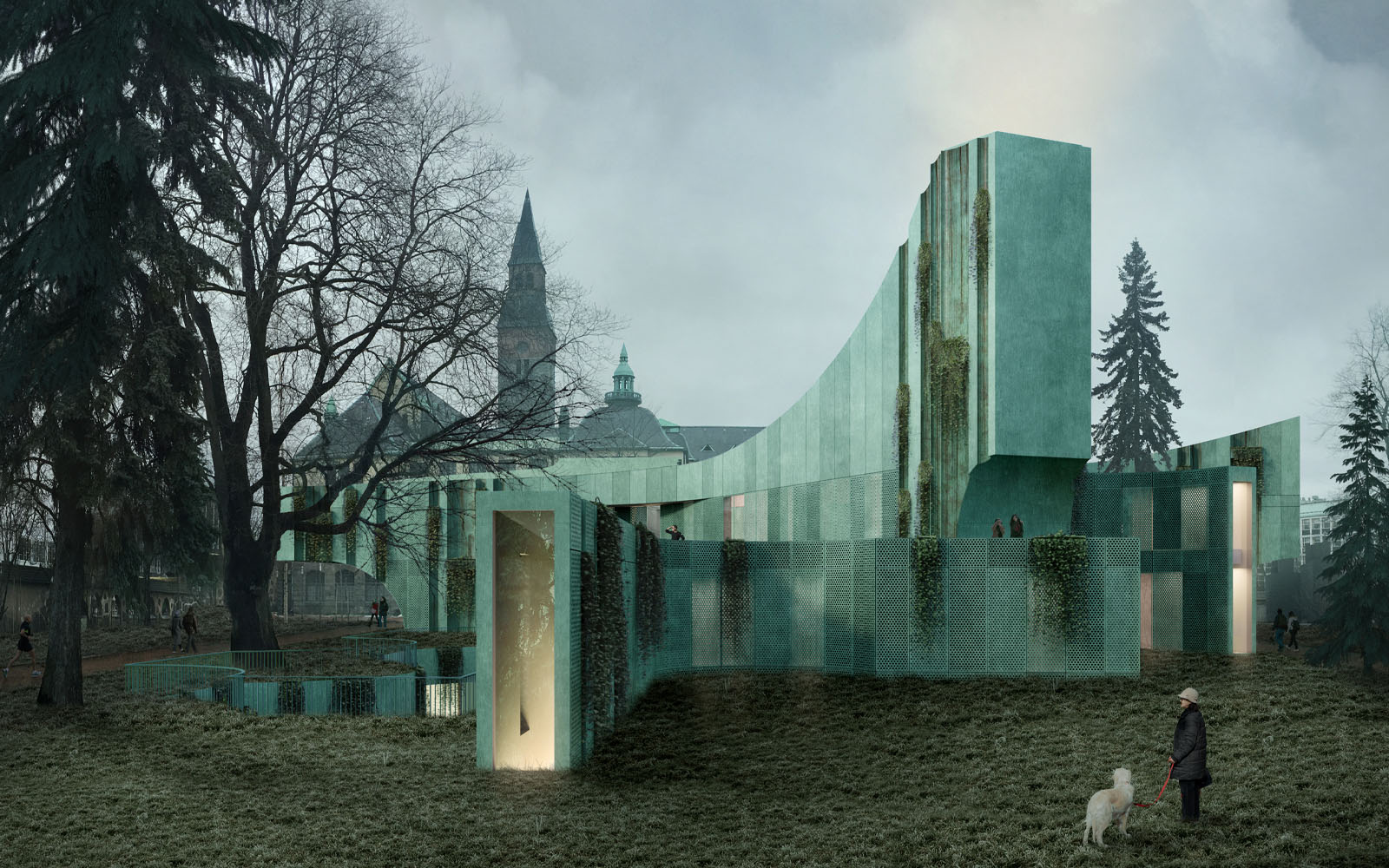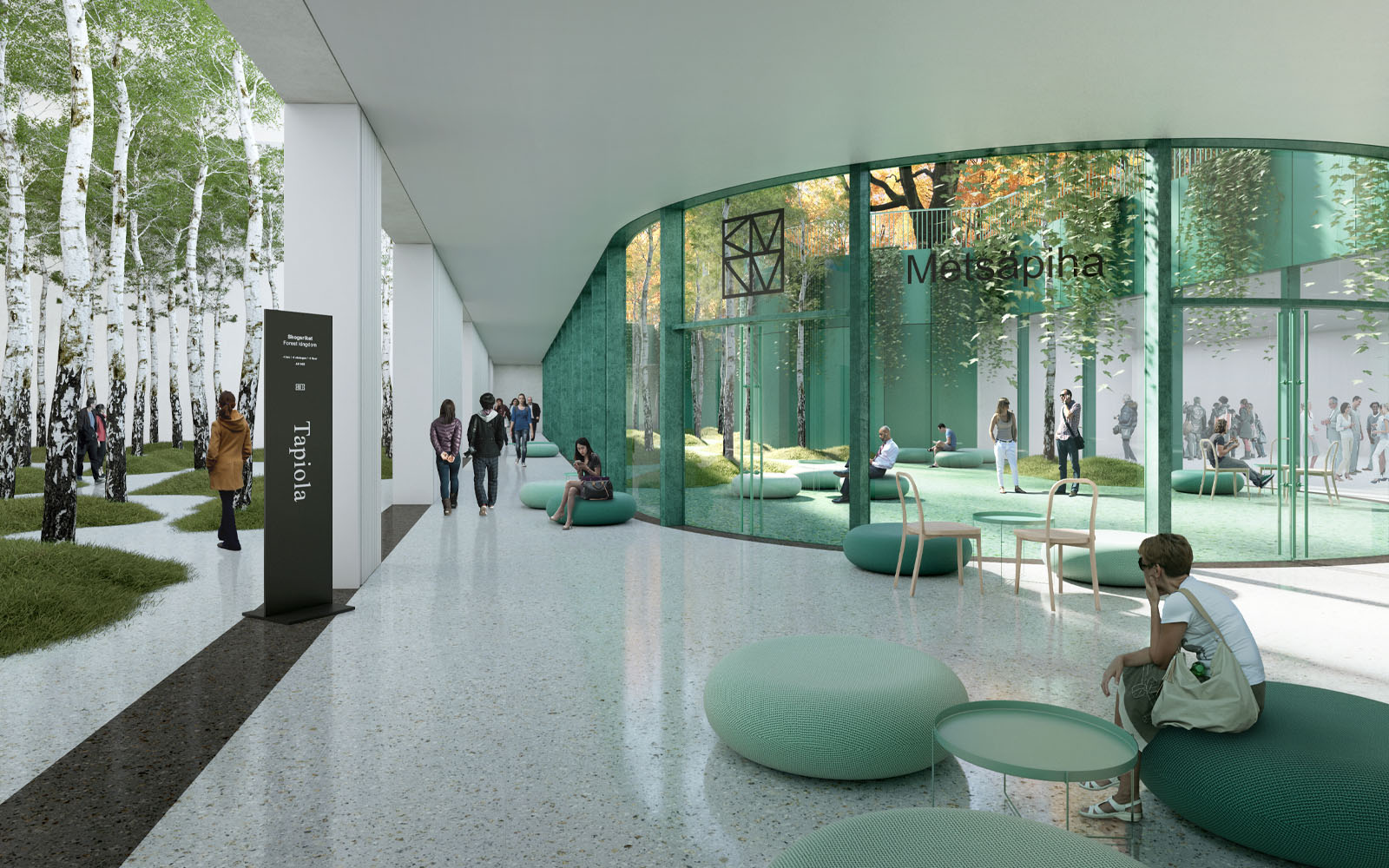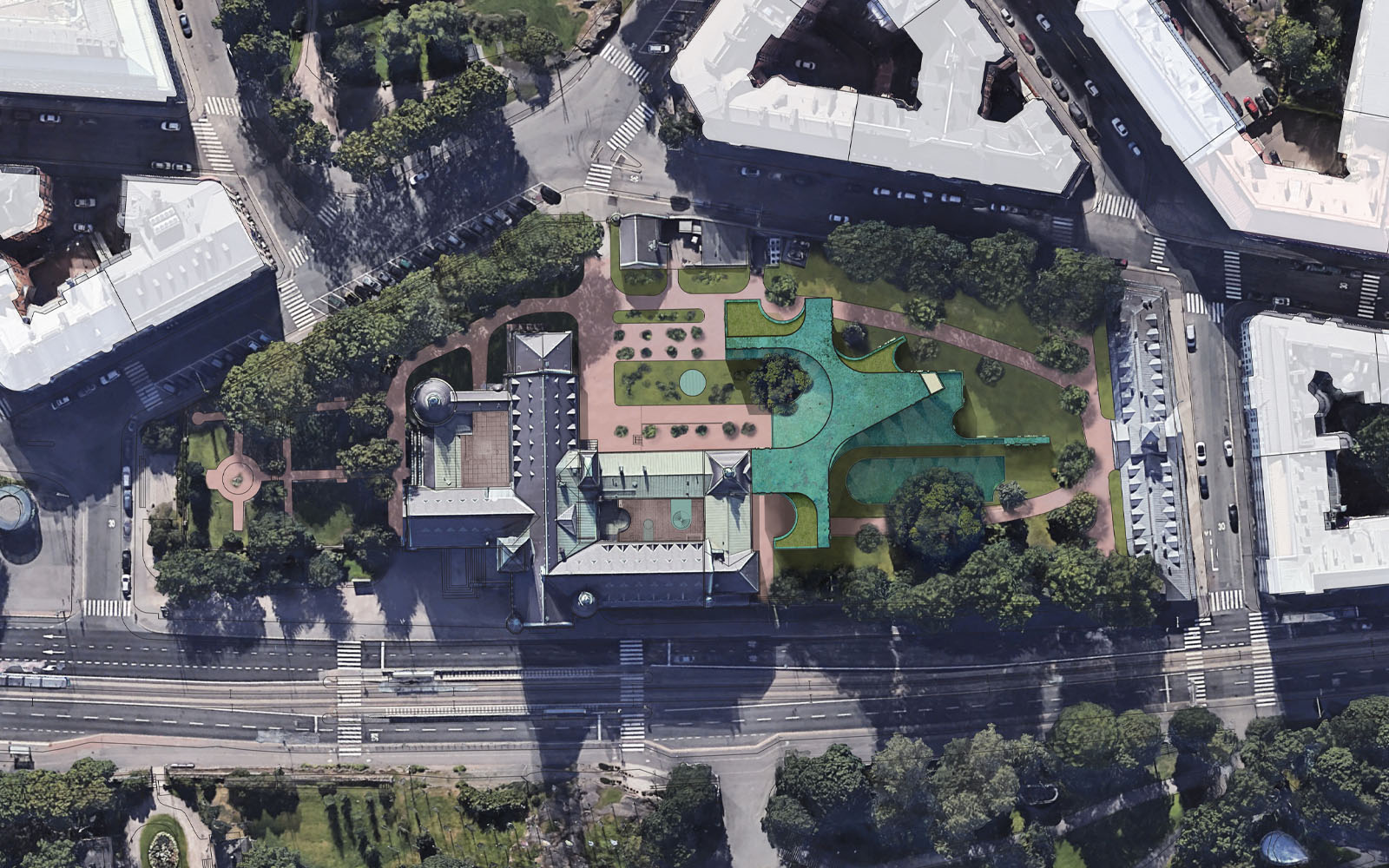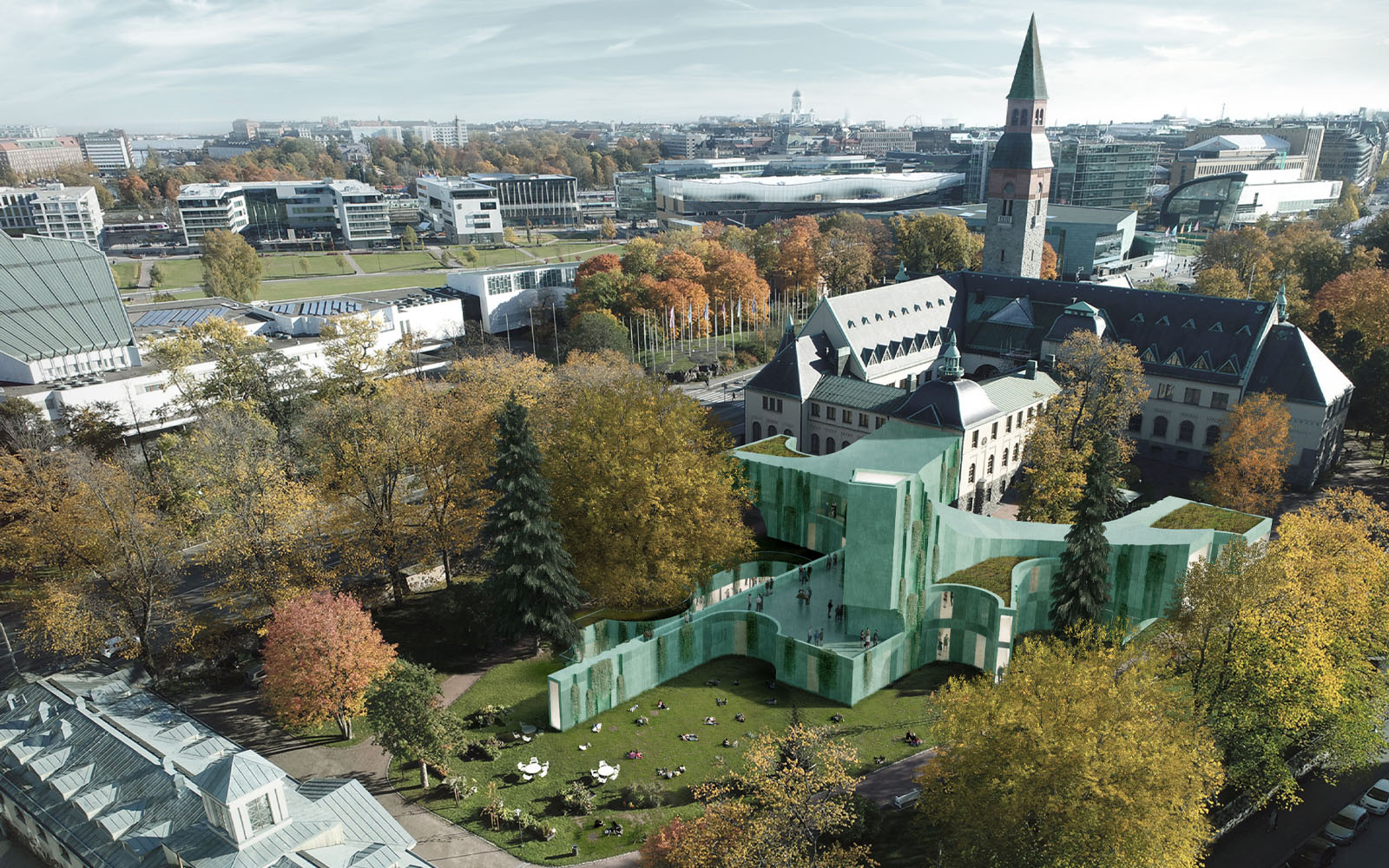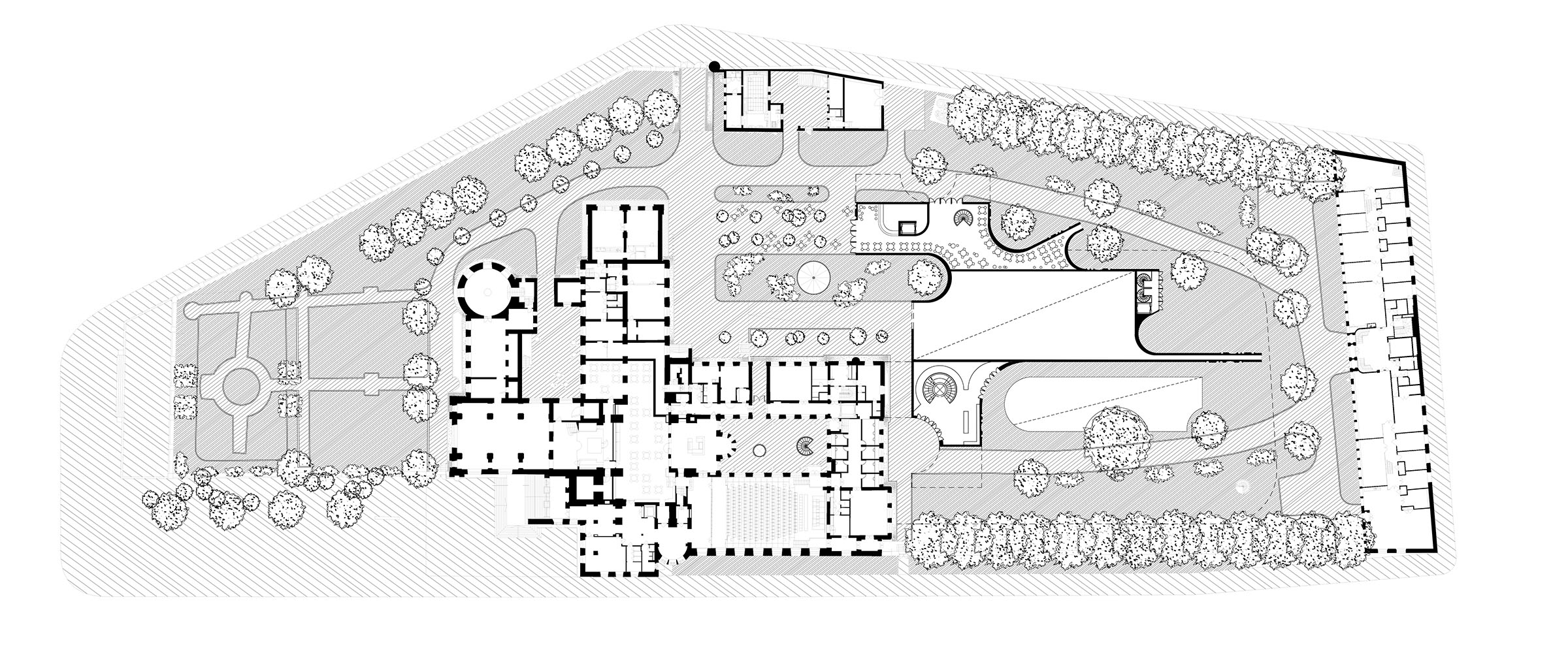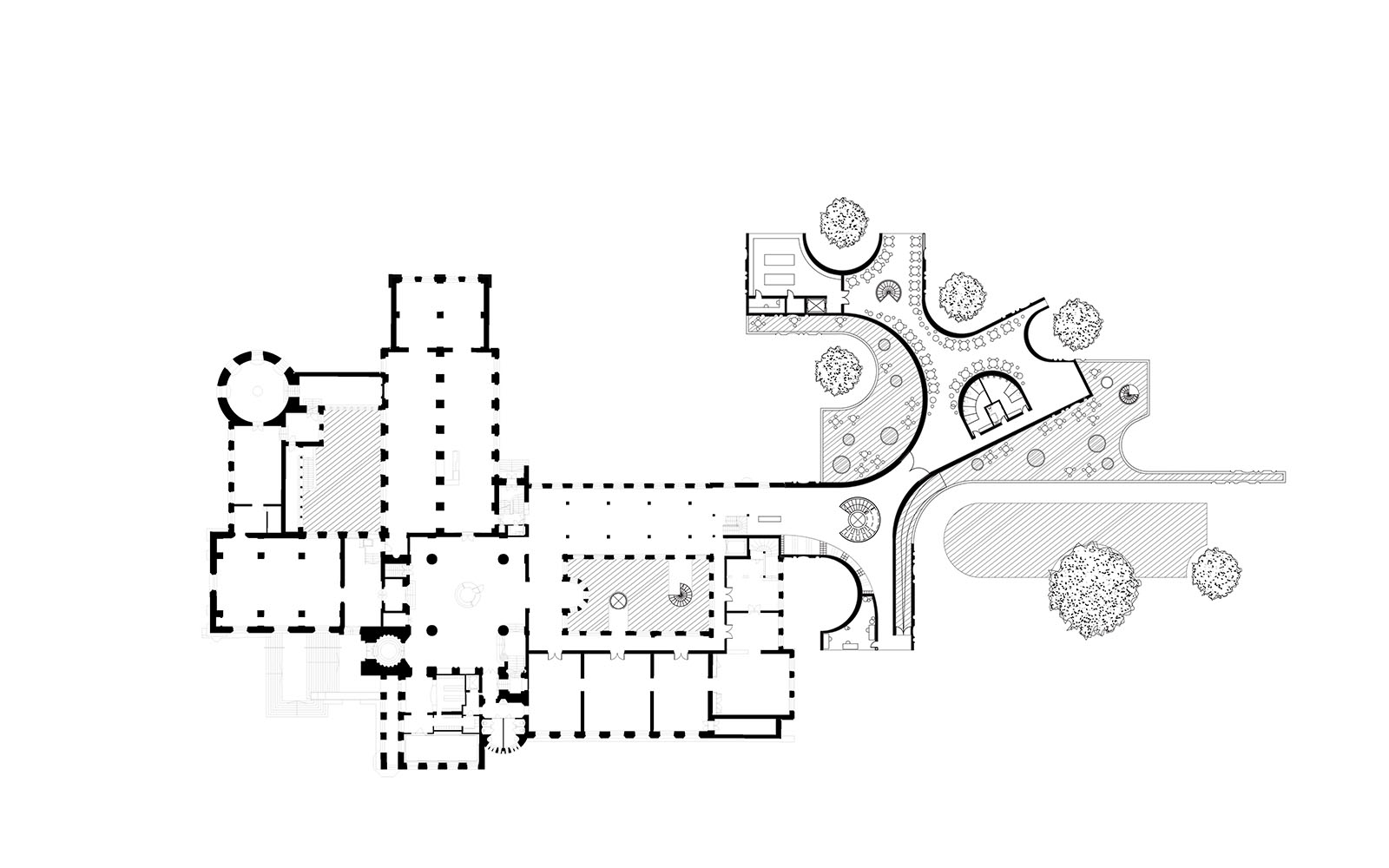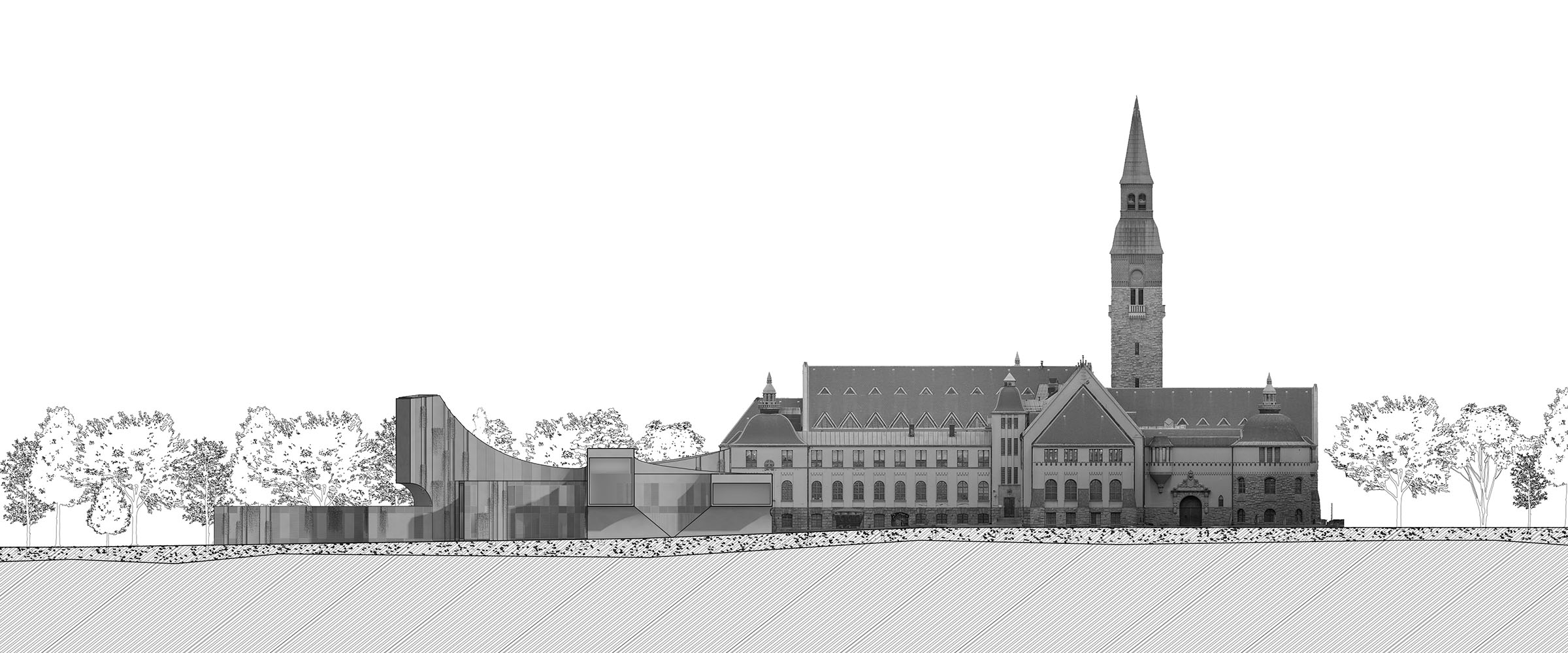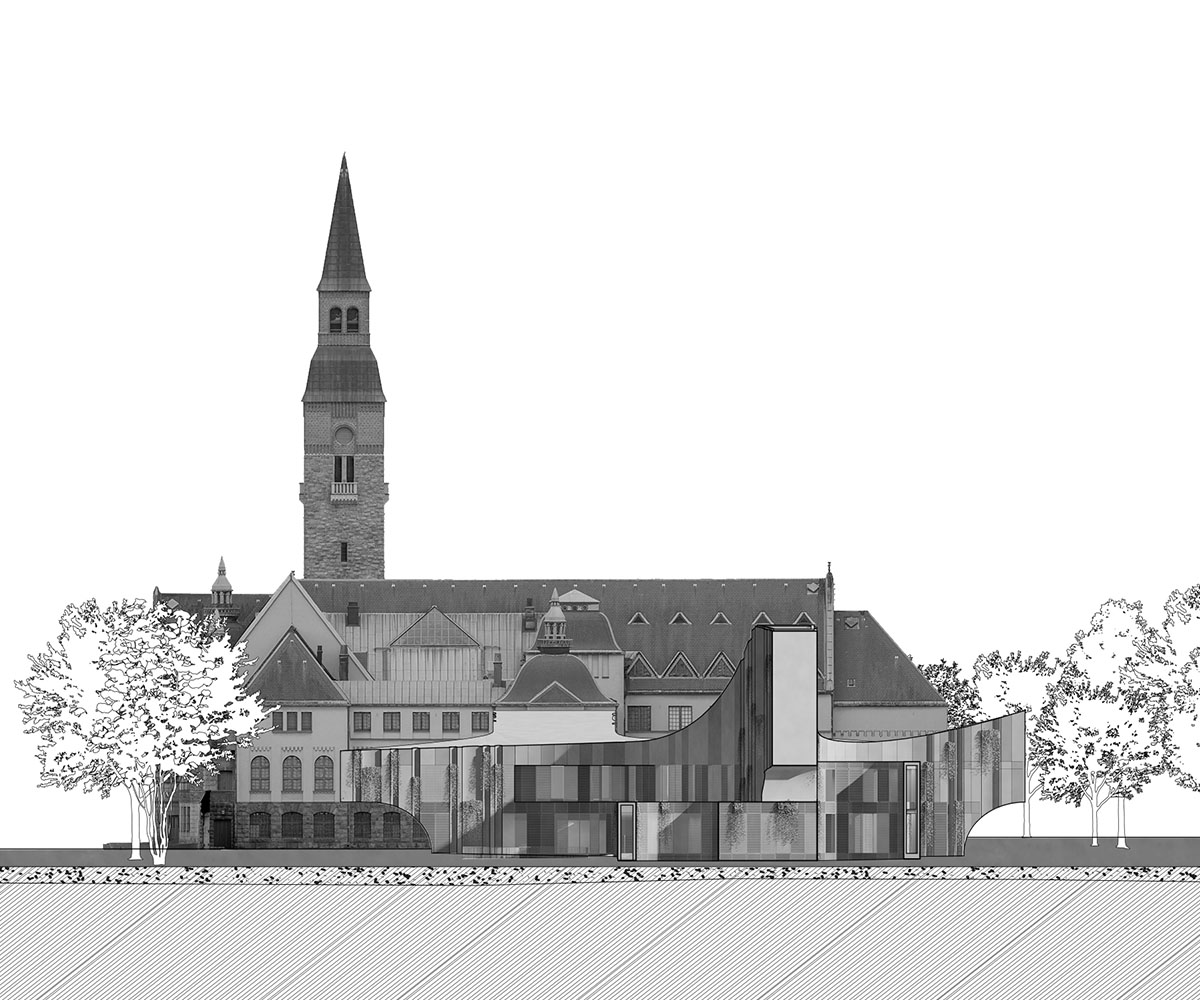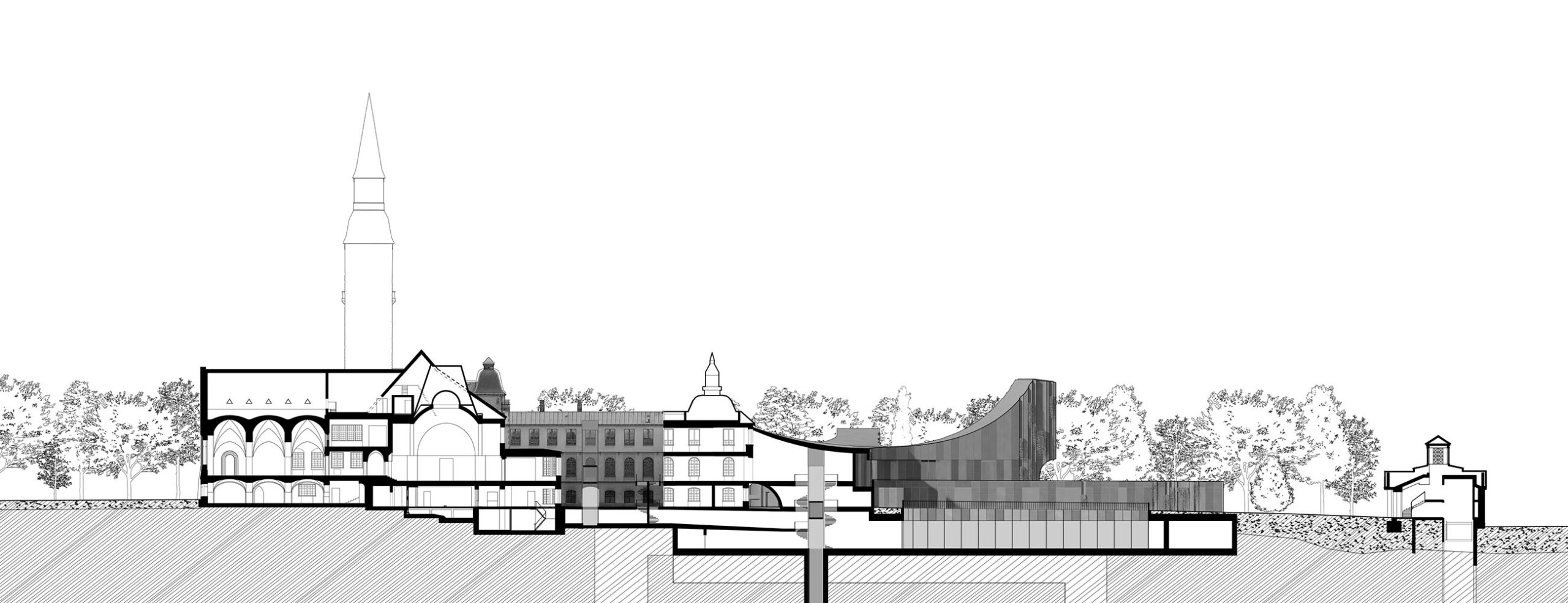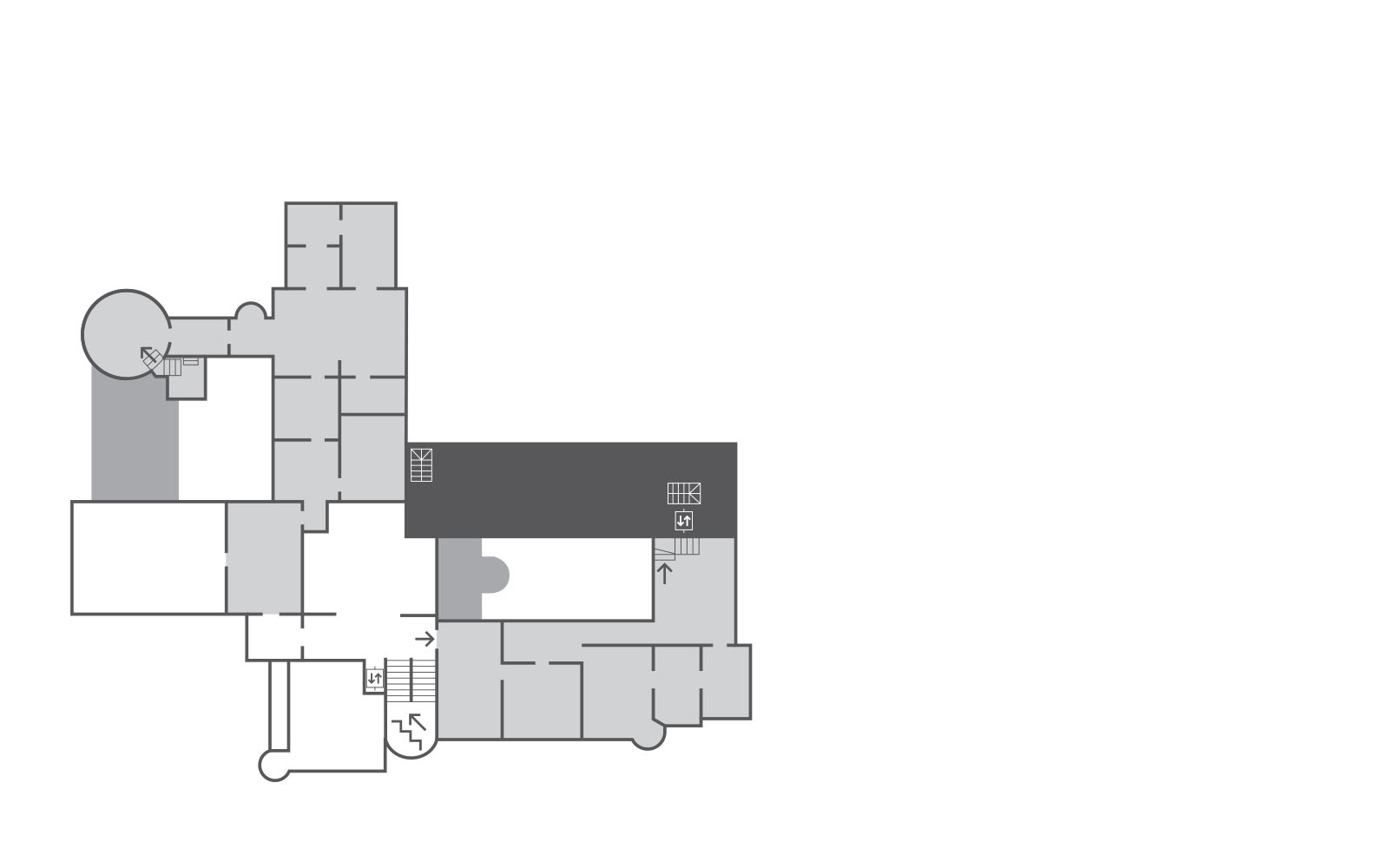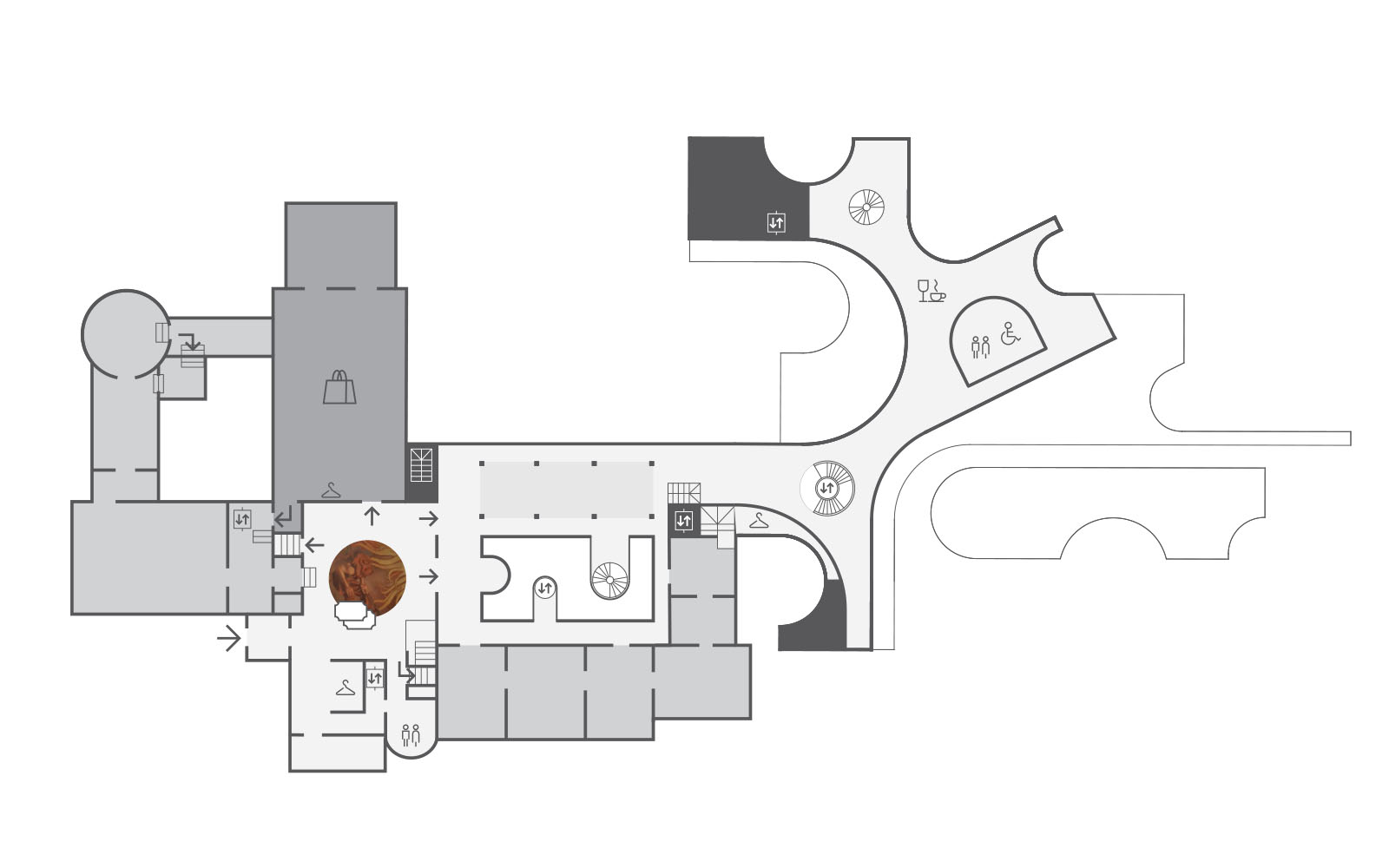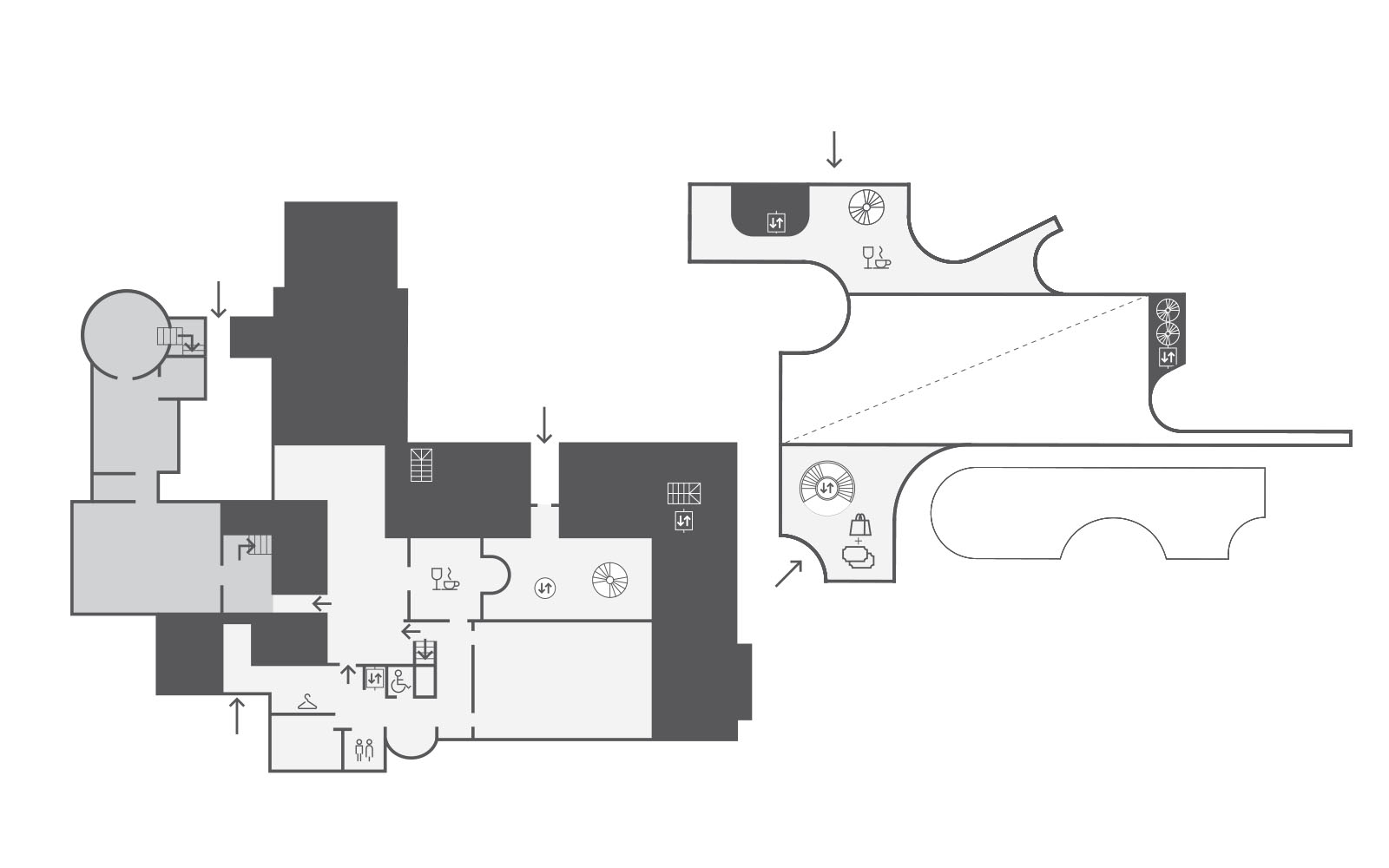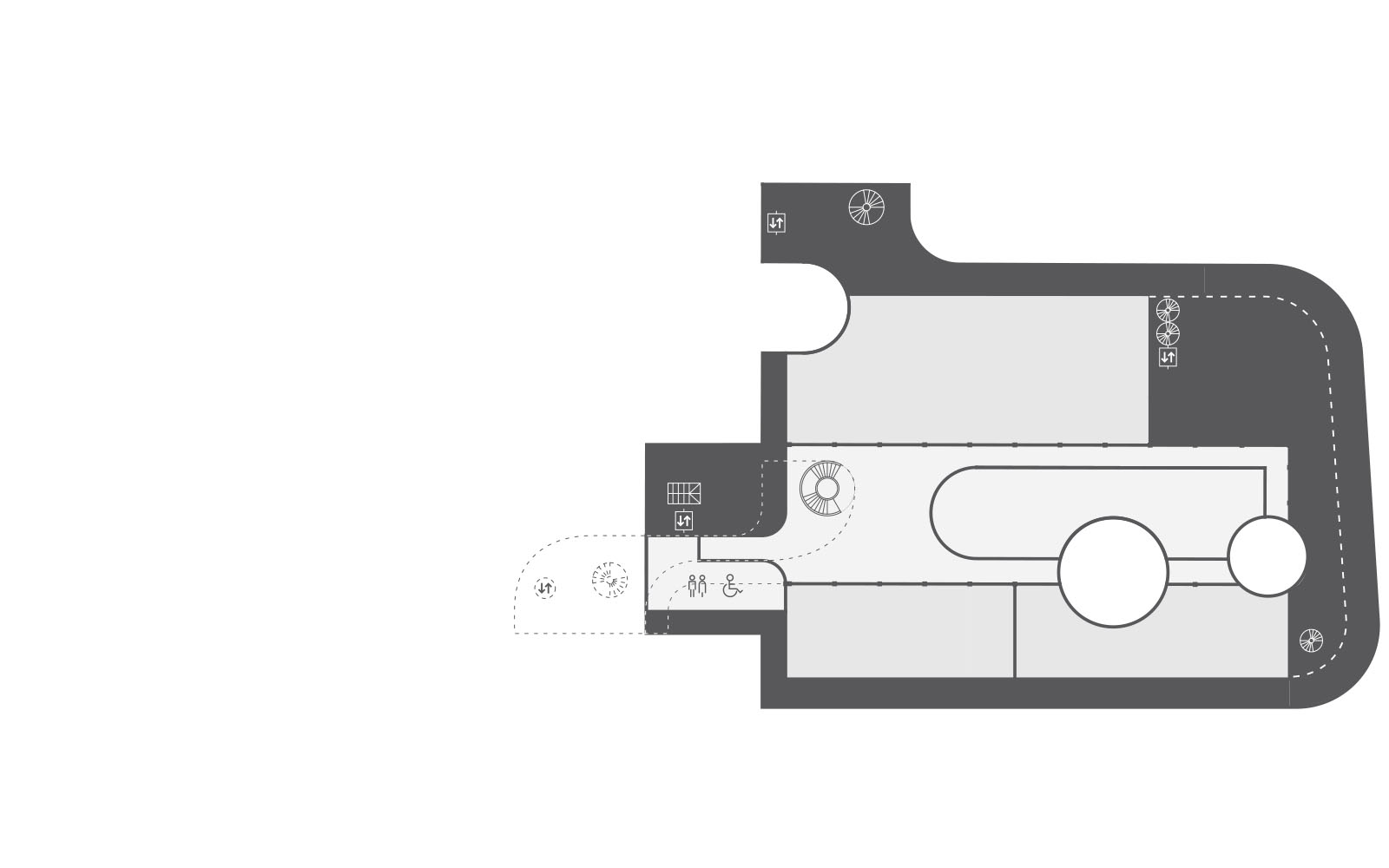-
Museum in and of the garden
National Museum of Finland
The National Museum of Finland is a major institution sited across the road from Aalto’s Finlandia Hall in Helsinki. The museum was designed by Herman Gesellius, Armas Lindgren and Eliel Saarinen in the national Romantic Style popular in Scandinavia – and particularly Finland – in the early 1900s. A key part of that project was the garden, recently completed to Saarinen and his collaborators’ original design. The brief included a major new gallery to allow the exhibition of contemporary objects, while at the same time improving security, conservation and storage. This meant that the program had to be located in the garden and connect back to the original building via an existing lift. The design needed to resolve this inherent conflict.
We proposed a building that is part of and reinforces the garden. Specifically, the plan weaves through the centre of the garden and navigates the elliptical paths designed by Saarinen and recently realised. Where the program insists upon traversing these paths, the building is cut to allow it to pass. The copper skin and faceted curves are both a homage to Finlandia Hall opposite, while ensuring the building merges with the garden over time. Pockets of the façade are reserved for plants, completing the fusion of building and park.
- TYPE Public
- LOCATION Helsinki | FI
- YEAR 2019
APPROACH
Like previous TERROIR proposals for major European public buildings in gardens or parks - such as the Prague Library and Statens Naturhistoriske Museum – this project emerged from a commitment to resolve the inherent paradox in the brief. The building form is unique to this project, emerging from a study of the existing garden, the existing building, and how best to connect them while maintaining the significance of both. The geometry of the proposal is the result of these considerations, weaving around trees, over paths and rising to meet the existing Museum at key moments.
